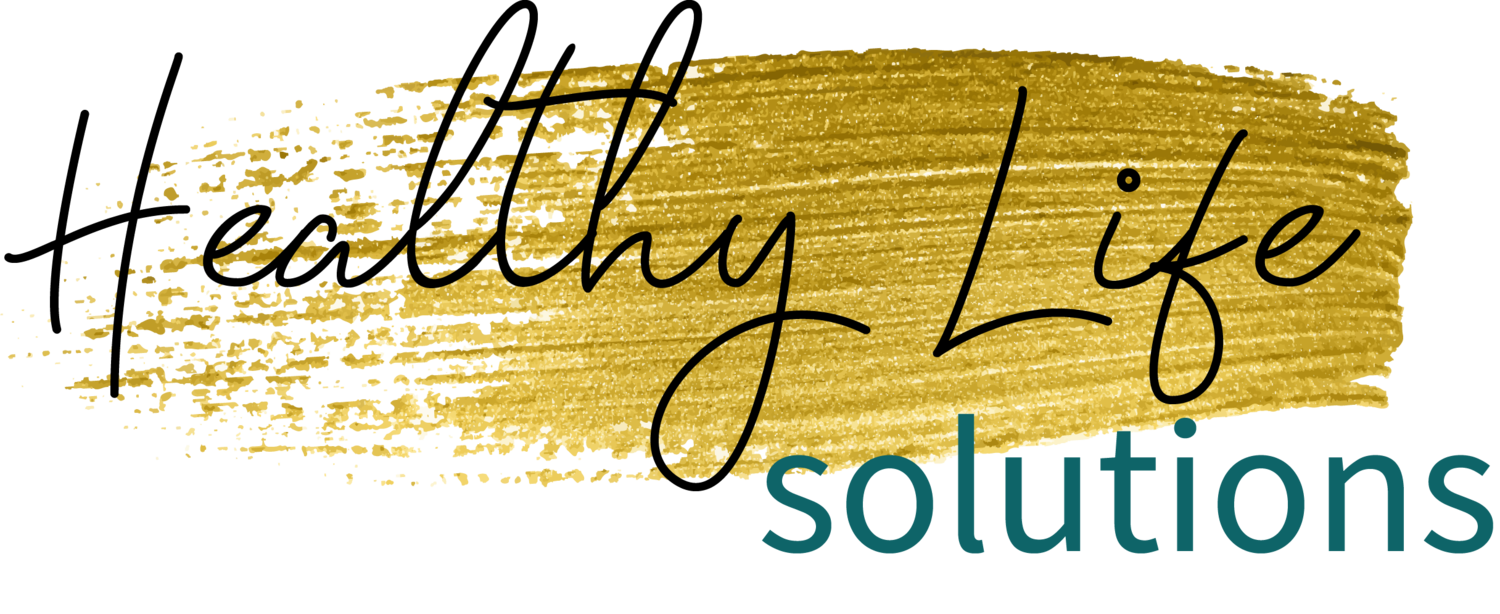1. “I couldn’t eat ALL that FAT!”
I only add extra fat in the form of MCT oil (about 1 tsp.) in my coffee every morning. It gives me energy to start the day. I use olive, avocado, coconut oils in my cooking and salad dressing. I use butter, as much as I want for flavor, on my vegetables. In the months that I have been eating keto, I have NEVER eaten a fat bomb! I do enjoy a small bite of dark chocolate and peanut butter pretty often. Some keto authors suggest adding in more fat as you begin to eat keto, with the idea that you are switching your body to fat burning instead of sugar burning. This is helpful at first, but if you continue eating loads of fat, your body will not go for burning the stored fat. Let’s face it, most of us are wanting to burn those extra fat rolls! A typical ketogenic diet contains 70% fat, 25% protein, and 5% carbs. Remember that is 70% of your calories and fat contains a lot of calories. It isn’t 70% of the food on your plate. Big difference!
2. “I couldn’t eat ALL that MEAT!”
A balanced keto diet is not huge steaks and tons of bacon. Most of us have this idea leftover from Atkins fanatics who were eating unbalanced amounts of meat. Most keto diets contain protein at every meal, 25% of your daily calories. That protein should be a serving size, about enough to fit in the palm of your hand. Keep in mind that nuts, dairy, and eggs count as protein too. Getting enough good quality, clean protein, is important for healing. You also need enough protein so that you don’t lose muscle, just extra fat stores. Keto is a moderate protein diet, not a high protein diet.
3. “I don’t want to give up my carbs!”
Yep, that is the real problem. None of us want to give up those comfort foods. Many of them have a great emotional attachment. After all how can it be Christmas without decorated sugar cookies or a Birthday party without the cake? Let me just say that if you decide to do keto as a lifestyle and not just a diet, there are yummy substitutes that work just as well. I made fabulous keto cheesecakes for my husband’s birthday last year. The kids never knew the difference! Plus, after you are fully keto adapted, you can go off the diet once and awhile to enjoy a treat without it totally sabotaging your ketosis. You just can’t eat loads of carbs every day. Another thing to note is that once keto adapted, your cravings for the sugar and junk go away. I am NOT kidding! You really don’t want it and don’t miss it. I find myself looking at carbs and wondering if they are worth it. I feel SO good when I don’t eat them. Is the taste today worth feeling crappy tomorrow?
4. “What about ketoacidosis? Isn’t it life threatening? Is this diet safe?”
This is a common mistake: ketosis is NOT ketoacidosis. Diabetic ketoacidosis is a life threatening condition seen with unmanaged diabetes. It is characterized by dangerously high levels of blood ketones (15-25mM/L) and high blood sugar (200 mg/dL), as well as very low blood pH. Nutritional ketosis is a safe metabolic state that produces low-level ketones (generally 0.5 to 5.0 mM/L) with blood sugars averaging from 60-120 mg/dL and normal pH levels.
These are just a few of the misconceptions I have heard about the ketogenic diet. I hope I have clarified them for you. Please call me to set up a health coaching appointment if you would like to work one on one with me. I would love to help you find solutions for your health struggles.
If you are tired of doing the same old diet, with the same old results, maybe it is time for a change of lifestyle. Consider KETO – it could change your life!

